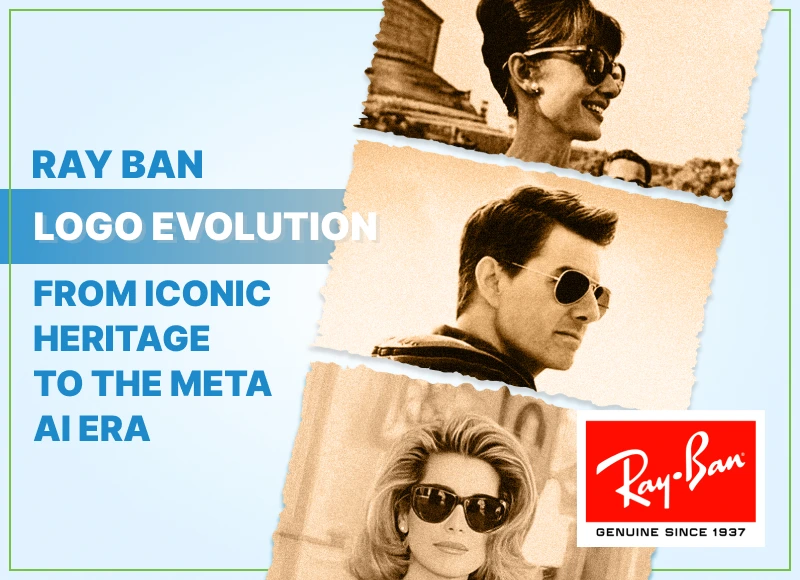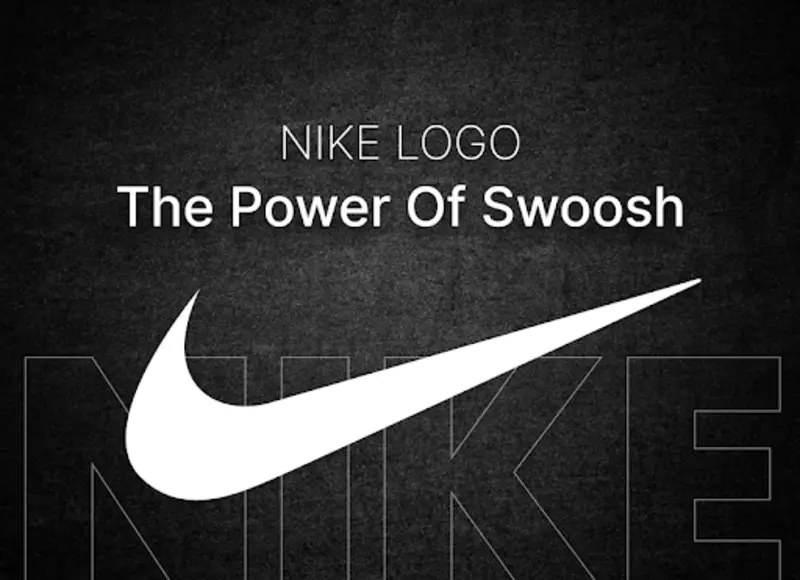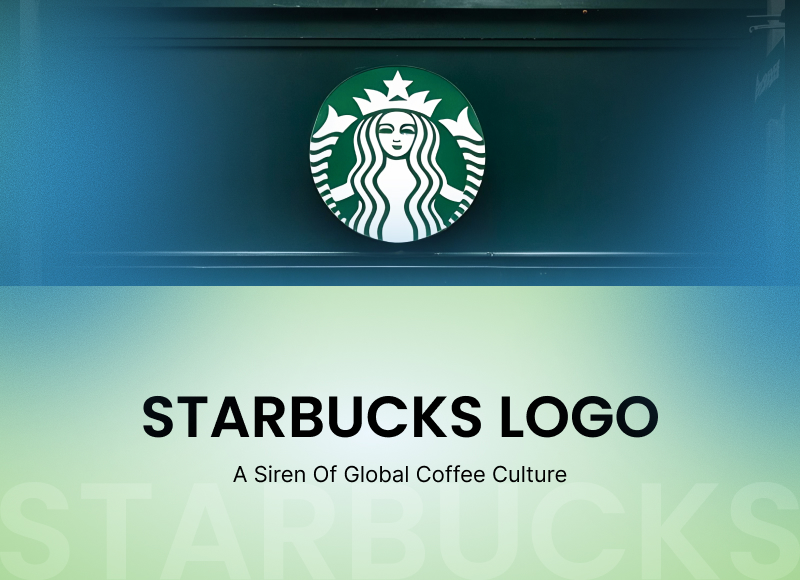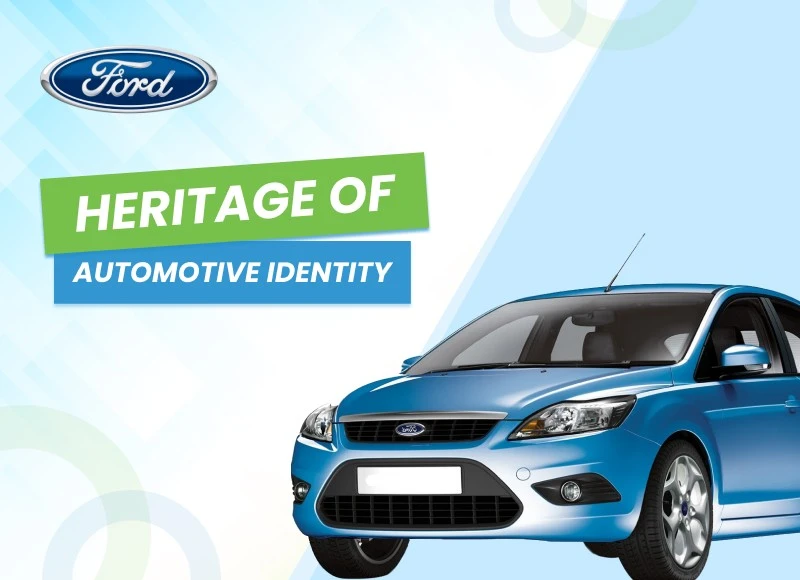- Home
- Best Designs
- Logo
- Decoding the Playboy Logo: Bunny Shaped Profile
Decoding the Playboy Logo: Bunny Shaped Profile
-
Last Updated:
17 Sep 2025
-
Read Time:
8 Min Read
-
Written By:
 Harshita Toplani
Harshita Toplani
-
2022
Table of Contents
Recognized worldwide, the Playboy Bunny logo is a playful yet powerful emblem. This blog explores its history, hidden meaning, and how it became inseparable from the iconic Playboy Mansion and global pop culture.
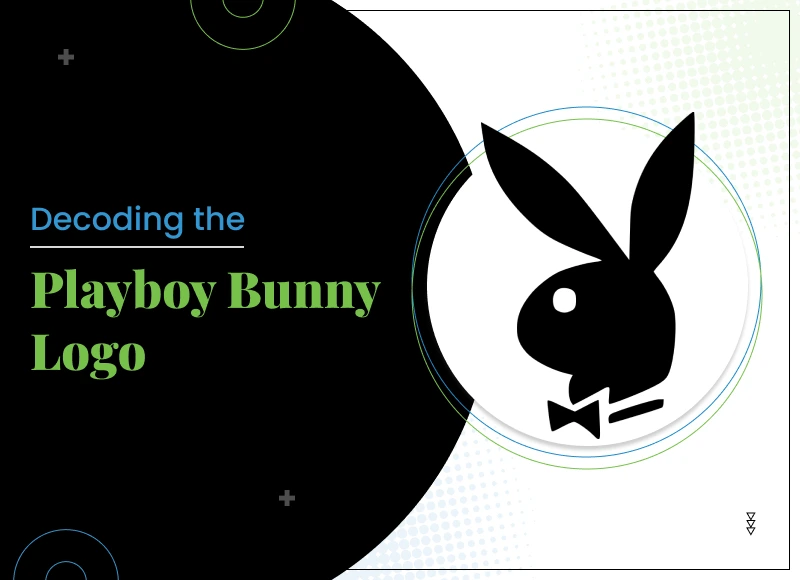
You have seen it on magazine covers and at the famous Playboy Mansion. The playful Playboy Bunny logo is one of the most famous symbols in the world. In this blog, we look at how the Playboy magazine logo became iconic, what the bunny means, and why it has stayed the same for over 65 years.
The iconic bunny logo with its bow tie is easy to spot. Its journey from a small mark in a magazine to a global lifestyle symbol is a unique story.
Origins of the Playboy Bunny Logo: From Magazine to Mansion
It all began in 1953 when Art Paul, Playboy’s first art director, created the famous logo.

|
Paul’s inspiration came from an earlier sketch by Arv Miller. He simplified it into a sleek rabbit with a bow tie. At first, it was just meant as a small mark to end articles. So, how did this little bunny move from magazine pages to the lavish Playboy Mansion and global fame? Hugh Hefner, the founder of Playboy, chose the rabbit for a reason. He explained that in American culture, the bunny is playful, a little sexy, lively, shy, and fun. The tuxedo bow tie wasn’t just decoration; it turned the bunny into something both cheeky and sophisticated, matching the brand’s style. |
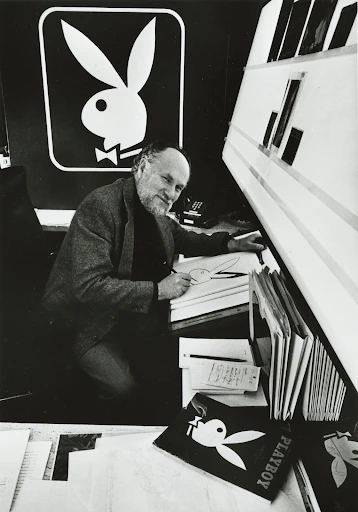 |

Before long, the bunny symbol went far beyond the magazine. It became part of the Playboy lifestyle: from exclusive clubs and merchandise to the famous Playboy Mansion itself, where the brand’s fun, glamorous spirit came to life.
Art Paul’s simple black-and-white design made the bunny easy to spot anywhere. Even after nearly 70 years, it remains a timeless icon. It is more than a logo. It stands as a symbol of playfulness and sophistication in culture.
Evolution of the Playboy Logo Over the Decades
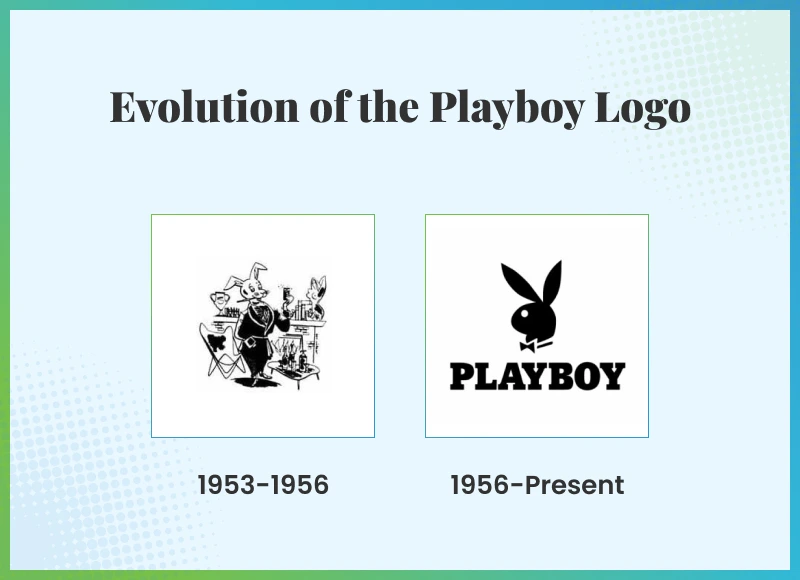
The Playboy bunny logo is one of those rare designs that just gets it right from the start. Since its birth in 1953, this sleek rabbit, bow tie and all, has barely changed, proving that sometimes, less truly is more.
A Timeless Bunny: Small Changes, Big Impact
When Art Paul first drew the Playboy bunny, it had more detail. Over time, it became cleaner and simpler, turning into the sleek logo we know today.
By 1956, the bunny logo was set in bold black and white, easy to spot anywhere. Its minimalist style made it flexible, looking great on both tiny keychains and huge billboards.
Why the Bunny Stays Popular: More Than Just a Logo
|
The Playboy Bunny hasn’t changed much in design, but what it means has changed over time. At first, it stood for fun and classy nightlife. Today, it’s also linked to ideas like freedom, pop culture, and lifestyle branding. The logo’s lasting power shows how it can keep up with changing times and still feel fresh. People around the world recognize it, and you can see it on clothes, tattoos, and Halloween costumes. It has grown into much more than the logo of Playboy magazine. |
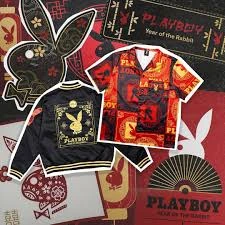 |
Playboy's Shifting Covers
If you look at old Playboy covers from the 1950s to 1970s, you’ll see a focus on glamour and luxury, often with models in sexy poses. The bunny logo was always present, showing the brand’s mix of boldness and style linked to Hugh Hefner’s vision.
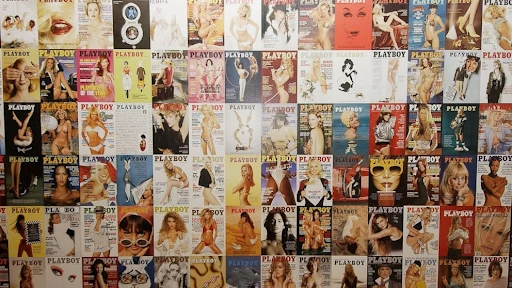
Fast forward to modern Playboy from the 2000s to today. The covers look very different, showing models of many races, body types, and backgrounds. They also explore topics that go beyond lifestyle and interviews.
The magazine has moved into digital advertising too, reaching a larger, younger audience. While it still keeps its playful side, modern Playboy is more about self-expression, diversity, and empowerment, turning it from a men’s fantasy brand into something broader and more inclusive.
The Playboy Bunny Logo Design: Simplicity Meets Sophistication
When you look at the Playboy Bunny logo, it seems simple at first, but there’s more behind its design choices. Let’s break it down:
IconThe bunny itself became the brand’s main symbol, thanks to founder Hugh Hefner. He thought a bunny felt playful, a little shy, and sexy, just like the vibe he wanted for the magazine. Designer Art Paul drew the bunny in a simple black silhouette, which helped it stand out and stay timeless. |
 |
FontThe word PLAYBOY is written in bold, black, capital letters using a classic serif font. It’s nothing fancy or custom-made, but that’s what makes it work so well. The strong letters add balance to the playful bunny icon and make the Playboy magazine logo instantly recognizable. Plus, because it’s black and in 2D, it’s easy to change colors for special editions without losing its style. |
PLAYBOY |
Bow tieThe bunny wears a bow tie to add both class and fun. It reflects the idea of a gentleman’s club, formal yet playful. This small detail makes the Playboy Bunny logo unique and a perfect fit for the brand’s identity. |
|
Color
The classic logo is all black. This choice wasn’t just practical for print; black also stands for sophistication, elegance, and simplicity. It’s sleek, classy, and works on anything from a magazine cover to a billboard.
The Playboy Magazine Logo in Popular Culture
Since 1953, the Playboy Bunny has moved from the pages of a magazine into popular culture. It caught attention for being playful yet bold.
The Playboy magazine logo was more than a design. It stood for style, charm, and a sense of rebellion. People could recognize it even without reading Playboy magazine.
Some issues of the magazine even broke records when the right star was on the cover. The November 1972 issue with Lena Söderberg sold about 7.16 million copies, making it the best-selling edition. Farrah Fawcett’s cover in 1995 sold nearly 4 million copies, and the Lindsay Lohan issue in 2012 boosted ad sales by more than 50 percent.
Over time, the bunny also appeared on clothes, jewelry, posters, and in art. It was seen in nightclubs, on fashion runways, and in music videos. The logo became part of everyday culture.
Not everyone agreed on what it meant. Some praised the Playboy Bunny as a symbol of freedom and glamour. Others criticized it for promoting objectification. Yet the Playboy magazine logo remains one of the most recognized icons, still playful, mysterious, and powerful.
The Playboy Mansion: A Living Logo
The Playboy Mansion wasn’t just Hugh Hefner’s home. It was like a real-life version of the Playboy bunny logo itself: bold, playful, and unforgettable. Nestled in Holmby Hills near Beverly Hills, the 22,000-square-foot estate quickly became as iconic as the Playboy magazine logo on the covers.
Hefner bought the Playboy Mansion in 1971 for $1.1 million and lived there until he passed away in 2017. Over the years, the mansion turned into a place where Hollywood stars, athletes, and famous guests gathered for legendary parties.
Stepping inside felt like entering a dream world. The mansion had hidden grottoes, a large jacuzzi, and beautiful gardens. There were three zoo and aviary buildings filled with exotic animals and a private theater with an old pipe organ.
Hefner loved movies and hosted Sunday movie nights where Playmates and special guests watched films from his huge 4,000-movie collection, carefully kept near his bedroom’s spiral staircase. To keep the mansion running, a team of about 70 staff members worked behind the scenes, including chefs, butlers, security, and even zookeepers.

The mansion was known for wild parties that attracted celebrities and the media. A highlight was the Midsummer Night’s Dream party from 2013 to 2015, featuring dancers, rides, and big spectacles that kept the Playboy brand fresh.
It wasn’t just about fun. It was smart marketing that helped the brand stay in the spotlight.
Designed by Arthur R. Kelly in 1927, the mansion had 22 rooms, game rooms, sports courts, and a basement gym with a sauna, as per the Architectural Digest India. Even shows like “Entourage” filmed scenes there because of its unique vibe.
Beyond its walls, the mansion stood as a symbol of what the Playboy bunny and brand meant: luxury, freedom, and a playful sense of adventure.
In 2016, Hefner sold the mansion for $100 million to Daren Metropoulos but kept the right to live there until his death. Today, the Playboy Mansion is still a reminder that Playboy was more than just a magazine. It was a lifestyle that brought the spirit of the bunny logo to life.
Timeless Appeal: Why the Playboy Bunny Logo Still Matters
From wild nights at the Playboy Mansion to streetwear collaborations worn by Gen Z, the Playboy Bunny logo aesthetic still catches attention. Designed in only 30 minutes by Art Paul, the rabbit in a bow tie became one of the most famous symbols in the world.
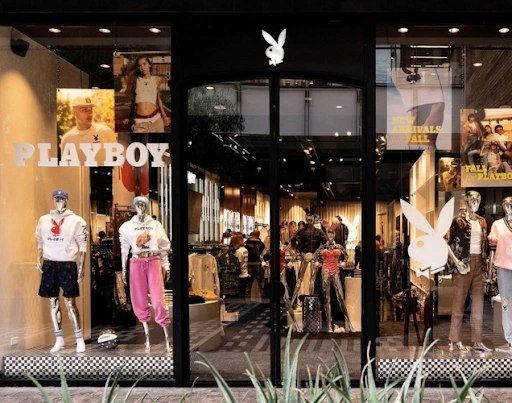 ?
?
The Playboy brand used the logo as a sign of glamour and rebellion. According to the Los Angeles Times News, In the 1970s, the magazine sold more than 7 million copies a month, showing the strong pull of the bunny and its covers.
The Playboy Bunny logo was not just for the magazine. It appeared on clubs, casinos, uniforms, and products across the globe. Wherever it showed up, it carried both style and a touch of provocation.
Famous faces kept the symbol alive over time. Marilyn Monroe was one of the first stars linked to Playboy, and later names like Rihanna and Kate Moss brought the bunny into fashion again. Even brands like Supreme used it to reach new fans.
Today, the Playboy bunny remains more than a memory. It is a cultural icon that still blends fun with mystery. Simple in shape, but powerful in meaning.
Wrapping up
What makes a rabbit in a bow tie so lasting? The Playboy Bunny logo showed that design can be fun, classy, and powerful all at once. From Playboy magazine covers to the Playboy Mansion, it became more than a symbol. It is cheeky enough to make people smile, yet stylish enough to walk the runway. Few logos mix playfulness and elegance the way this one does. That balance is what keeps it alive in culture. In the end, the Playboy Bunny logo didn’t just hop into history. It jumped into global culture and stayed there. Sometimes, a simple idea and a bow tie are all it takes to be unforgettable
FAQs
The Playboy logo, a bunny with a bow tie, shows both playfulness and elegance. It symbolizes fun, charm, and a cheeky sexual meaning that became a cultural icon.
The original Playboy logo used a custom bold serif typeface designed by Art Paul in 1953. Today, newer versions use a serif font called Masthead, with many inspired fonts available.
The Playboy logo was designed by Art Paul, the magazine’s first art director, in 1953. He created the bunny with a bow tie as a simple yet lasting symbol.
The Playboy logo is a bunny because rabbits are often linked with sex and playfulness. Its bow tie adds elegance, symbolizing fun mixed with sophistication.
The Playboy bunny logo, created in 1953, was inspired by elegance, charm, and playfulness. It symbolized confident, stylish women and reflected the brand’s sophisticated image.

